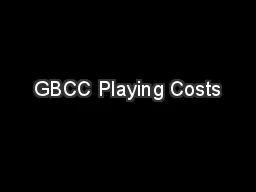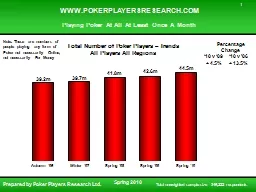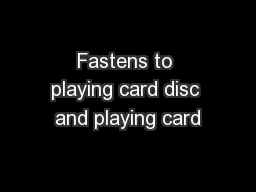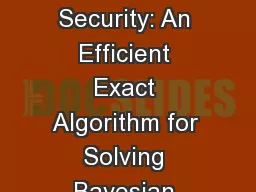PPT-Playing in the Dark
Author : conchita-marotz | Published Date : 2016-03-20
Problems from Ch 8 The OS2 story Introduced by IBM in 1987 to compete with MS Windows Faster and more reliable than Windows but not many applications available
Presentation Embed Code
Download Presentation
Download Presentation The PPT/PDF document "Playing in the Dark" is the property of its rightful owner. Permission is granted to download and print the materials on this website for personal, non-commercial use only, and to display it on your personal computer provided you do not modify the materials and that you retain all copyright notices contained in the materials. By downloading content from our website, you accept the terms of this agreement.
Playing in the Dark: Transcript
Download Rules Of Document
"Playing in the Dark"The content belongs to its owner. You may download and print it for personal use, without modification, and keep all copyright notices. By downloading, you agree to these terms.
Related Documents














